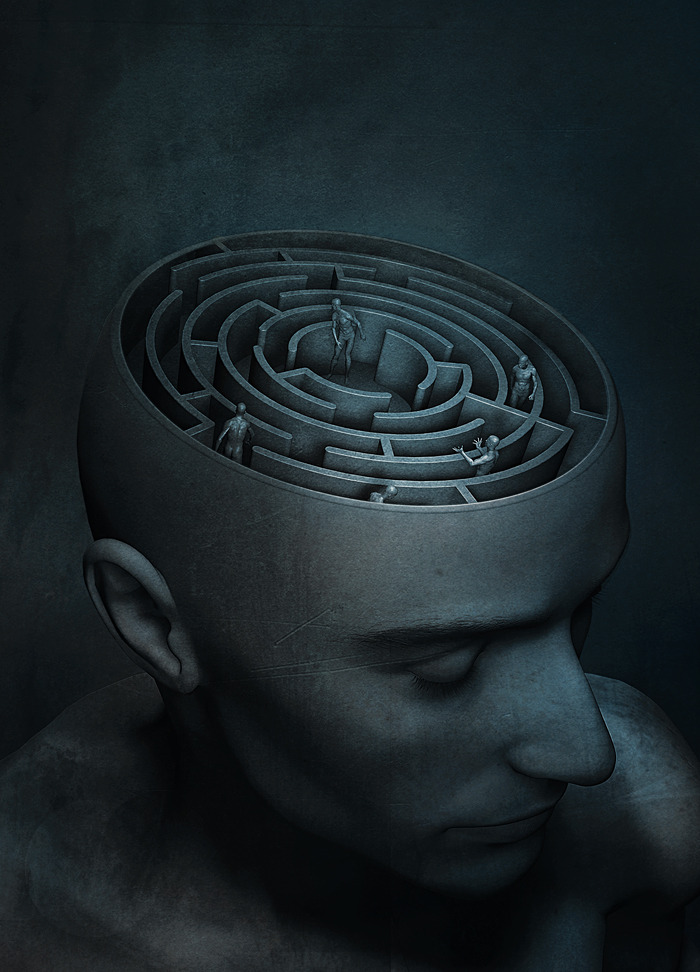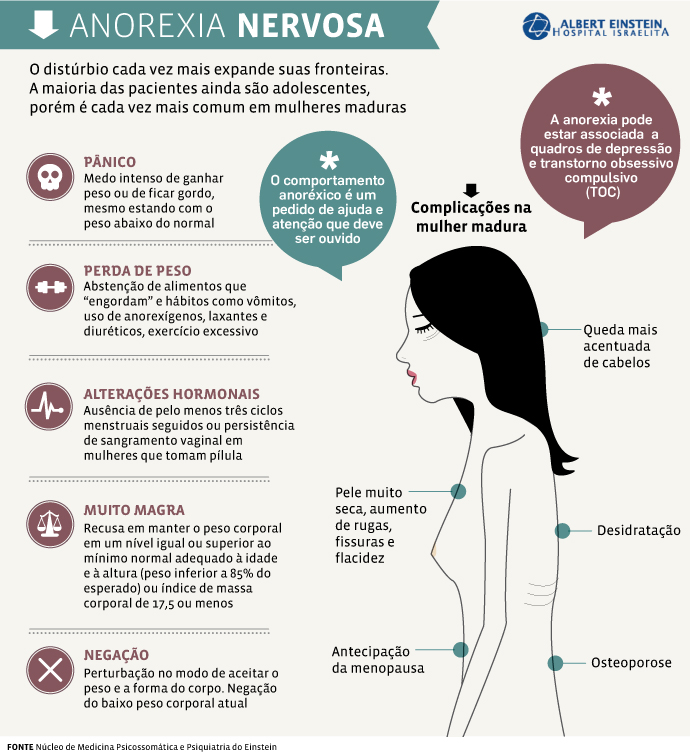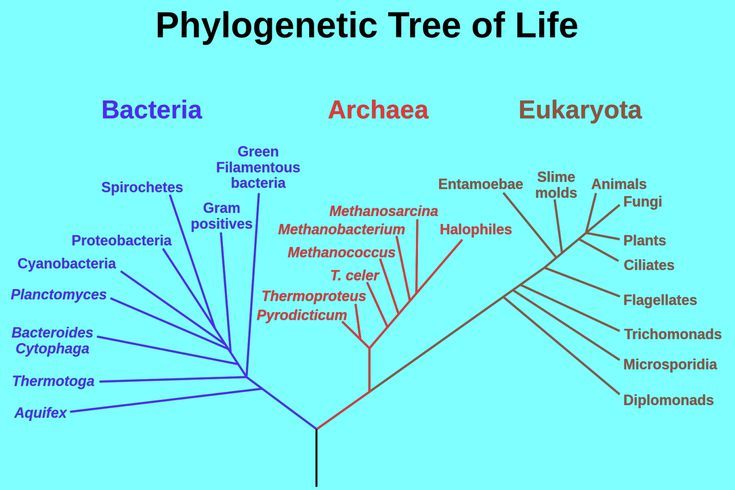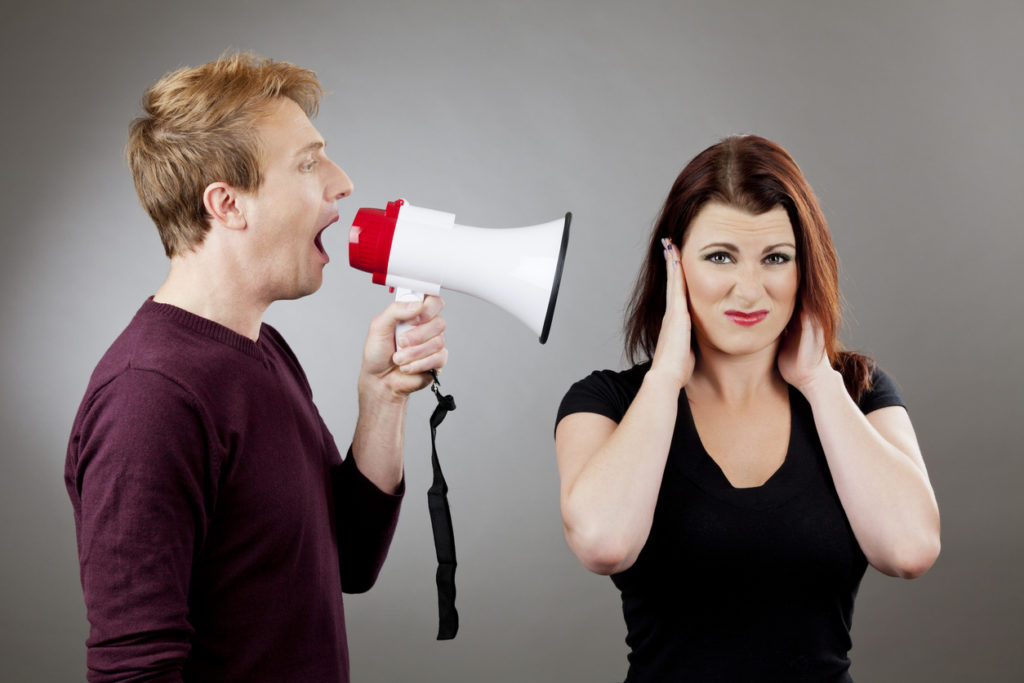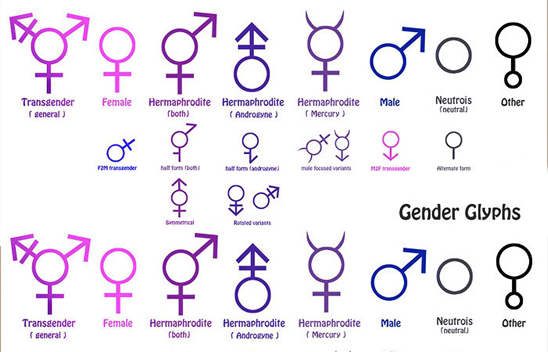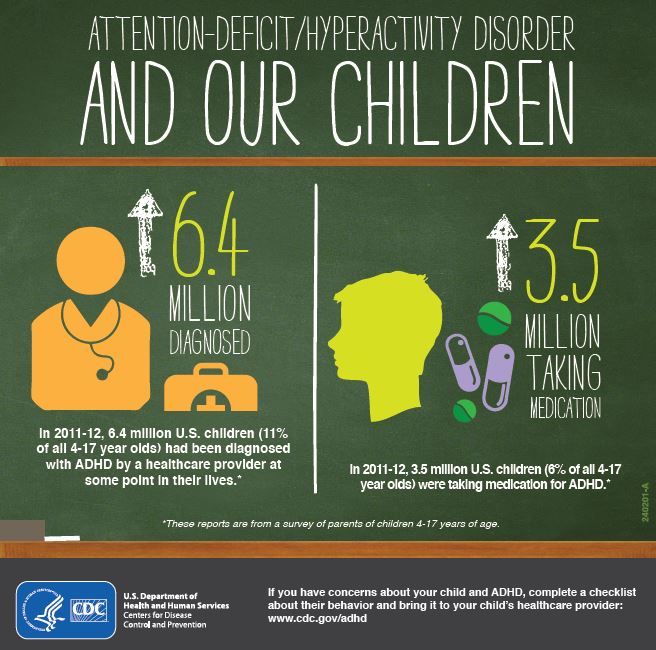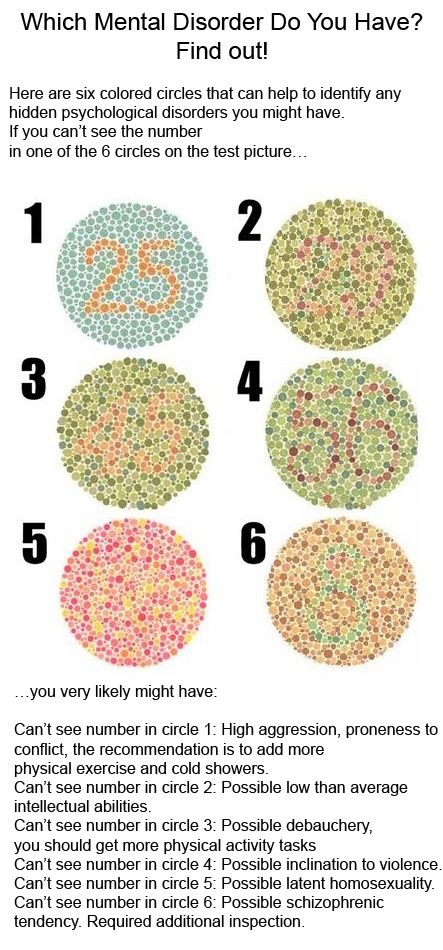The psychology behind cutting
Looking at the Underlying Causes
Self-harm is the act of hurting oneself, whether it is physical or emotional, intentional, or non-intentional. When many individuals hear the term “self-harm,” they often associate it with intentional physical self-harm behaviors such as cutting, burning, or skin picking, but self-harm can present in other ways as well. Unhealthy and self-destructive behaviors that are either intentional or unintentional are often highly linked to emotional self-harm. Emotional self-harm comes in all forms and can be just as dangerous as physical self-harm. Self-harm behavior can lead to mental health disorders, eating disorders, and substance abuse disorders, but what is it specifically that causes an individual to engage in self-harm? The psychology behind self-harm is multifactorial meaning that there is no one single trigger or cause. Research shows that self-harm frequently starts in adolescence and is particularly prevalent in homes where there is a repressive environment, where negative emotions are swept under the carpet or where feelings aren’t discussed.
One factor common to many people who self-harm is that they were taught at an early age that their feelings were “bad” and “wrong.”
Psychology behind cutting
Cutting is the most common form of physical self-harm, formally known as non-suicidal self-injury. Like other forms of self-injury behavior, cutting is not a form of suicide but rather an unhealthy coping mechanism individuals use to relieve stress. Knives, paper clips, razors, and other sharp objects are commonly used in this behavior. Cutting is part of a vicious cycle associated with anger, sadness neglect followed by a quick mental relief from cutting. Once the act of cutting is completed and the feelings of mental relief dissipate, the individual if often overtaken by feelings of guilt and shame, which then turn to anger and neglect until the cycle continues again. Individuals who have a past or current history of abuse, trauma, low self-esteem, family conflict, bullying, and sexual identity conflicts are often at risk for extreme stress and negative feelings that he/she may not be able to control.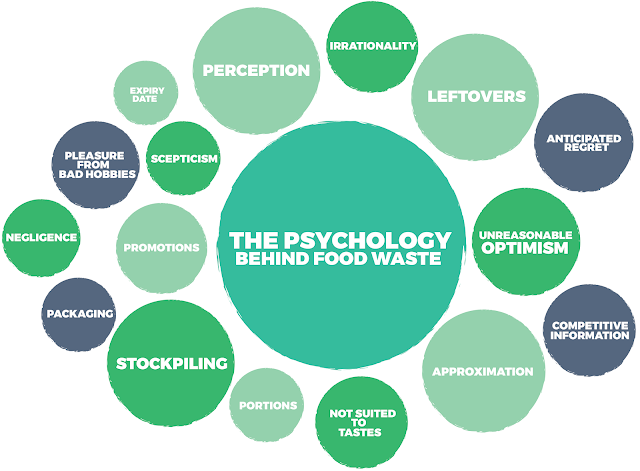 As a result, cutting is used as an unhealthy coping mechanism to relieve the stress and these negative feelings. Some individuals may even engage in cutting to numb their pain or actually feel pain because they are numbed from their negative emotions. Many individuals who engage in self-harm view this behavior as a psychological release, a way to unravel their deep underlying negative emotions and thoughts.
As a result, cutting is used as an unhealthy coping mechanism to relieve the stress and these negative feelings. Some individuals may even engage in cutting to numb their pain or actually feel pain because they are numbed from their negative emotions. Many individuals who engage in self-harm view this behavior as a psychological release, a way to unravel their deep underlying negative emotions and thoughts.
The psychology behind emotional self-harm
Emotional self-harm ranges from telling ourselves we are not good enough and becoming our own worst enemy to engaging in a pattern of destructive friendships and relationships. Emotional self-harm is tied to past events that occurred in childhood or adolescence. Maybe one’s parents were too strict, or there was a history of neglect, sexual abuse, a history of bullying, or maybe there was a coach or a teacher who always gave negative criticism. Emotional self-harm also occurs when the individual’s emotional needs are not met during their formative years.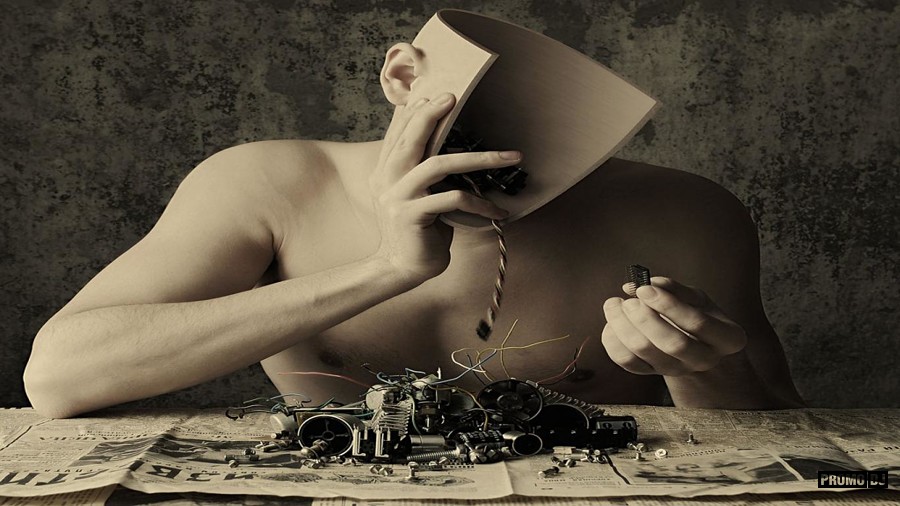 After years of being neglected or being told, one is not good enough; it becomes ingrained in their head to the point that the individual begins to believe it. As a result, they may seek out unhealthy co-dependent relationships, may engage in disordered eating to cover up their emotions or may sacrifice their own happiness at the expense of others because they so desperately want to be liked and accepted.
After years of being neglected or being told, one is not good enough; it becomes ingrained in their head to the point that the individual begins to believe it. As a result, they may seek out unhealthy co-dependent relationships, may engage in disordered eating to cover up their emotions or may sacrifice their own happiness at the expense of others because they so desperately want to be liked and accepted.
Reasons individuals engage in self-harm
- To feel a sense of control
- Express pain
- As a distraction
- As punishment
- To feel pleasure
- To feel anything at all
The psychology behind the treatment for self-harm
Psychotherapy is the mainstay treatment for individuals who engage in self-harm behaviors, whether it is physical or emotional self-harm. A recent study identified that psychological treatments specific to self-harm have better success than those that are more general in nature. Cognitive-behavioral therapy (CBT) is a short-term treatment approach that is very goal-oriented. This treatment approach focuses on identifying dysfunctional emotions, behaviors, and thoughts underlying the self-harm behaviors and then analyzing them and replacing them with more positive and healthier ways of dealing with the underlying triggers and stressors that are contributing to the self-harm behaviors.
Cognitive-behavioral therapy (CBT) is a short-term treatment approach that is very goal-oriented. This treatment approach focuses on identifying dysfunctional emotions, behaviors, and thoughts underlying the self-harm behaviors and then analyzing them and replacing them with more positive and healthier ways of dealing with the underlying triggers and stressors that are contributing to the self-harm behaviors.
For instance, an individual may tend to magnify a negative situation rather than seeing it as part of reality. Cognitive-behavioral therapy (CBT) would work to identify that negative thought pattern, challenge it, and replace it with a thought pattern that is more realistic and positive.
Harm | Crisis Text Line
Text A Crisis Counselor
Message A Crisis Counselor on WhatsApp
What is Self-Harm?
For some people, when depression and anxiety lead to a tornado of emotions, they turn to self-harm looking for a release. Self-harm and self-injury are any forms of hurting oneself on purpose. Usually, when people self-harm, they do not do so as a suicide attempt. Rather, they self-harm as a way to release painful emotions.
Self-harm and self-injury are any forms of hurting oneself on purpose. Usually, when people self-harm, they do not do so as a suicide attempt. Rather, they self-harm as a way to release painful emotions.
Types of Self-Harm
Self-harm can manifest differently for everyone. And, the ways people may self-harm extend far beyond the usual references to cutting in media. Simply, self-harm is anything and everything someone can do to purposely hurt their body.
Here are some of the most common types of self-injury:
- Cutting
- Scratching
- Burning
- Carving words or symbols into the skin
- Hitting or punching oneself (including banging one’s head or other body parts against another surface)
- Piercing the skin with sharp objects such as hairpins
- Pulling out hair
- Picking at existing wounds
Symptoms of Self-Harm
Stigma creates shame and embarrassment, making it hard for people who self-harm to get help. So, look out for yourself and for your pals. If you suspect that someone in your life is self-harming, here are some warning signs to keep top of mind:
So, look out for yourself and for your pals. If you suspect that someone in your life is self-harming, here are some warning signs to keep top of mind:
- Scars
- Fresh cuts, burns, scratches, or bruises
- Rubbing an area excessively to create a burn
- Having sharp objects on hand
- Wearing long sleeves or long pants, even in hot weather
- Difficulties with interpersonal relationships
- Persistent questions about personal identity
- Behavioral and emotional instability, impulsiveness, or unpredictability
- Saying that they feel helpless, hopeless, or worthless
Crisis Text Line can help you deal with self-harm. Text a Crisis Counselor at 741741, or use the mobile text button below.
How to Deal With Self-Harm
Emotions can be really painful sometimes. It’s totally normal to need ways to cope with and process the hard things in your life. If you are using self-harm to manage your emotions, we’re here for you.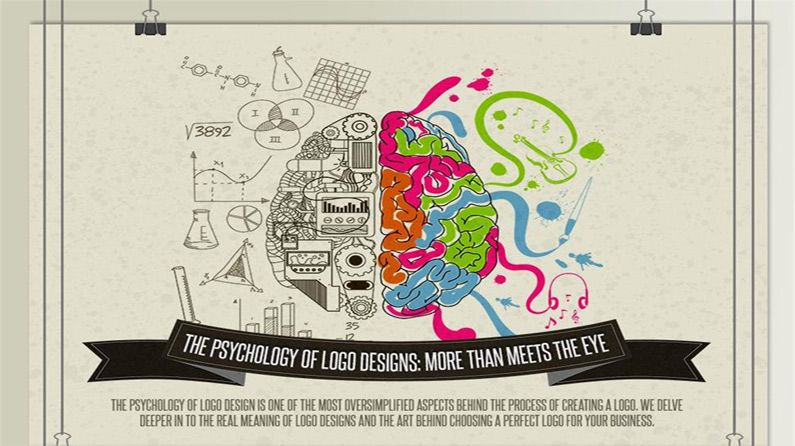 And, we want to help keep you safe.
And, we want to help keep you safe.
Here are some ways to push through, process, and cope with your emotions.
- Text to cool down. If you’re dealing with painful emotions, we’re here to help. Shoot us a text to connect with a real human and strategize healthy coping mechanisms to manage your emotions. Text HOME to 741741 to connect with a real human.
- Get creative. Studies show that diving into making art can help people process emotions. So, next time you’re feeling like self-harming, grab your sharpie and doodle your worries away. A bonus: you can totally suck at it and still reap the same rewards.
- Find your zen. Keeping yourself safe from self-harming is all about finding healthy alternatives to work through the hard stuff. Researchers found taking time to re-center through meditation to be a powerful way to find your cool and calm. Try using an app like Headspace to get on the meditation bandwagon.
- Talk to a pro.
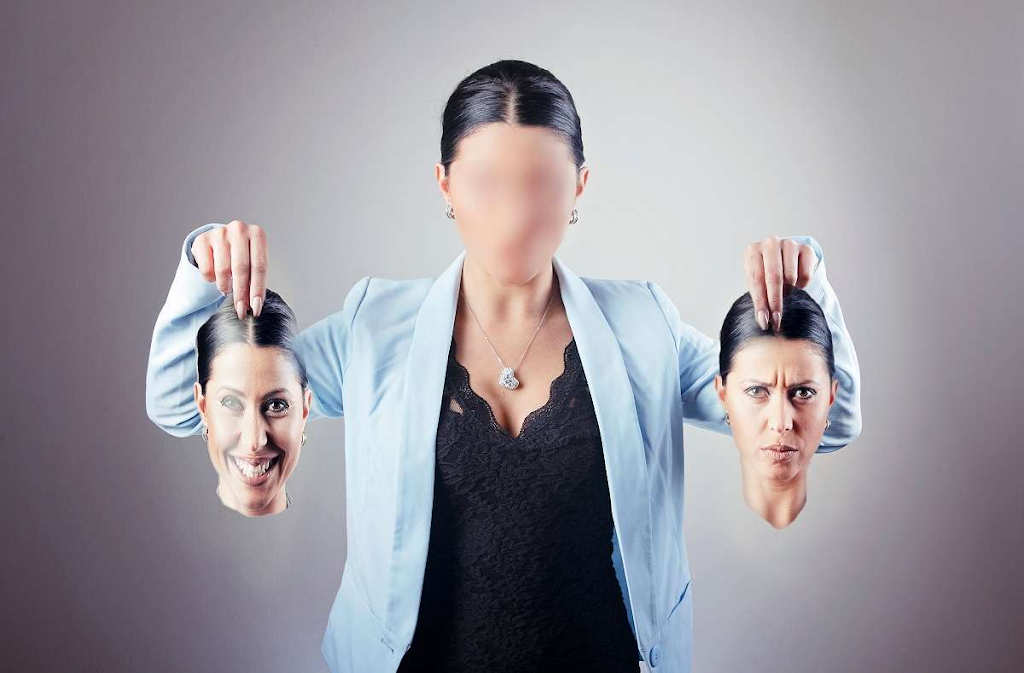 Self-harm is serious. And, while the intention behind self-harm usually is not death, it can still be dangerous—both physically and emotionally. Talking to someone who can help you find alternatives is incredibly important. Of course, you can start by texting us. Also, consider telling someone you know who can help you connect with a professional.
Self-harm is serious. And, while the intention behind self-harm usually is not death, it can still be dangerous—both physically and emotionally. Talking to someone who can help you find alternatives is incredibly important. Of course, you can start by texting us. Also, consider telling someone you know who can help you connect with a professional.
Why Do People Self-Harm?
Let’s start with this: everyone needs a way to cope with their emotions. People who self-harm have turned to hurting themselves as their coping mechanism to manage their emotions.
So, people might self-harm to:
- Process their negative feelings
- Distract themselves from their negative feelings
- Feel something physical, particularly if they are feeling numb
- Develop a sense of control over their lives
- Punish themselves for things they think they’ve done wrong
- Express emotions that they are otherwise embarrassed to show
Effects of Self-Harm
Self-harm can be seriously dangerous—physically, emotionally, socially, all of it.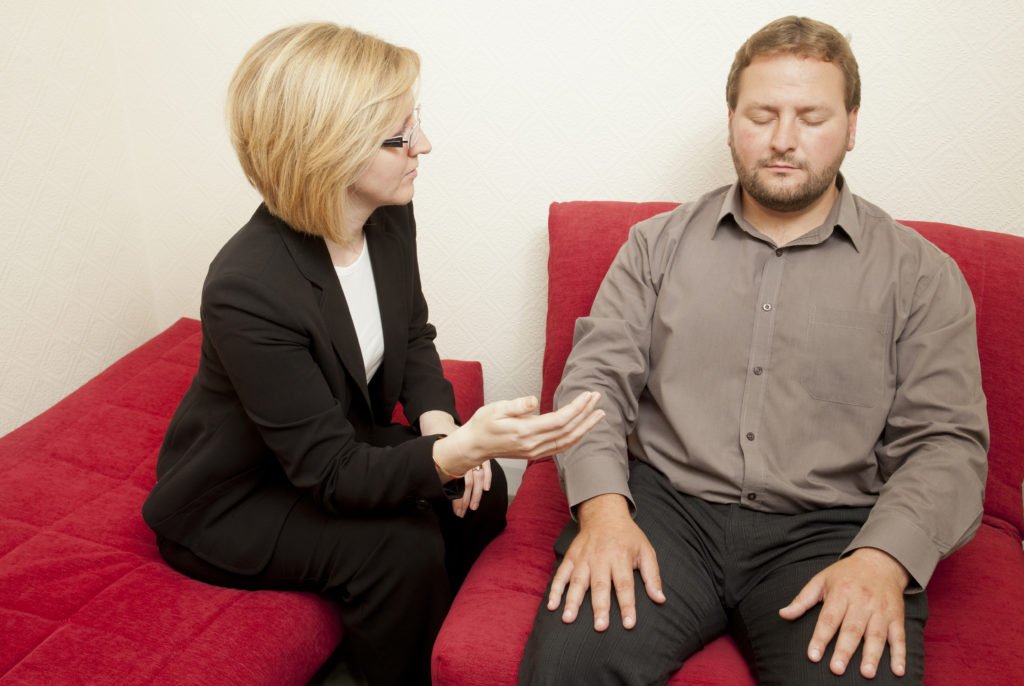
Physical Effects of Self-Harm
- Permanent scars
- Uncontrolled bleeding
- Infection
- Emotional Effects of Self-Harm
- Guilt or shame
- A diminished sense of self, including feeling helpless or worthless
- Addiction to the behavior
Social Effects of Self-Harm
- Avoiding friends and loved ones
- Becoming ostracized from loved ones who may not understand
- Interpersonal difficulty from lying to others about injuries
Recovering from Self-Harm
A lot of people who self-harm do so because they are dealing with painful emotions. If this applies to you, hi—we believe in you and recognize your pain. Because painful emotions are at the root of self-harm, quite often recovering from self-harm involves addressing emotions.
Breaking away from the cycle of self-harm can feel like a huge climb. It involves breaking a habit that has once brought comfort from pain. But, it is not impossible. Here are some steps to set you up for success:
But, it is not impossible. Here are some steps to set you up for success:
- Name your reason for hurting yourself and your reason for quitting. Ask yourself: “What do I feel before, during, and after self-injury? Which of those emotions do I actively seek out, and which are harmful?”
- Identify other ways of achieving the same result. For example, if you self-harm for the physical sensation, seek other ways of releasing endorphins, like exercise. For real, try throwing a few punches at a kickboxing class or tapping it back in a spin class with the *perfect* playlist. If you self-harm to express your emotions, practice expressing them in words by writing them down. Grab a pen and your favorite notebook, or start typing away in your notes app.
- Tackle the underlying emotions. Explore the feelings that lead you to want to hurt yourself. If it’s guilt, where is that guilt coming from? Maybe try finding a therapist—there are pros trained specifically to help with this.
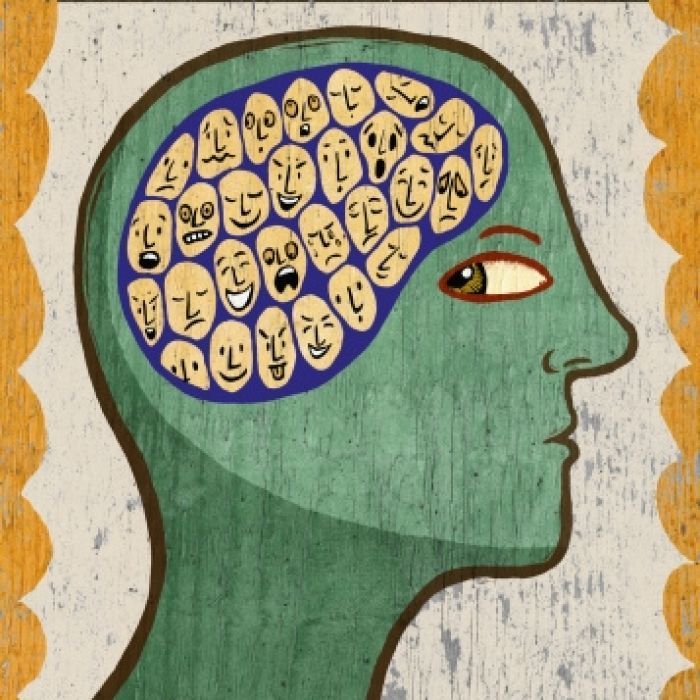
- Tell someone you trust. Let a friend, family member, or trusted adult know what you’re going through and that you need their support. Opening up to people can be easier said than done. Here’s a place to start: “I’m having a hard time processing some painful emotions and I could use your support right now.”
Getting healthy—both in your brain and in your body—takes hard work. You got this. And, we believe in you.
Text a Crisis Counselor at 741471 or use the mobile click to text button below. You’re not alone.
Pass 741741 On To A Friend
You never know who might need Crisis Text Line. Pass it on and tell the people in your life to text HOME to 741741 if they’re ever in crisis.
What can a haircut tell about its owner? | Psychology
Psychologists say that a woman's character can be judged by a hairstyle. They conditionally subdivide women and girls into four psychological types depending on the length of their hair and give each group its own characteristics. Scarlett Johansson
Scarlett Johansson
Photo: Depositphotos
Owners of short hair (pixie, garçon, sesson) are strong-willed. Nothing can break them. Such ladies are distinguished by independence, self-confidence and their own charm.
Audrey HepburnPhoto: Paramount-photo by Bud Fraker, ru.wikipedia.org
They are very sociable, easily find a common language with people. Girls with a boyish haircut always have many friends and acquaintances. Also, men like them. They always have a successful personal life. They love flirting, flirtatious, look very modern and young.
Women with short hair know their worth. They are very ambitious, assertive, energetic. Among them there are many careerists and successful business women. Photo: Depositphotos
Among them there are many careerists and successful business women. Photo: Depositphotos
Women and girls with hair just above the shoulders (bob, bob, bob haircuts) those are still truthful! They are too direct. Such ladies do not hesitate to cut the truth in the eyes, even if it hurts the interlocutor.
Girls with bob or bob haircuts are distinguished by an amazing ability to maintain a balance between work and personal life. They get everywhere!
Such ladies are very smart and perceptive. Courage is also inherent in them, but they are reluctant to take risks. They try their best to avoid it.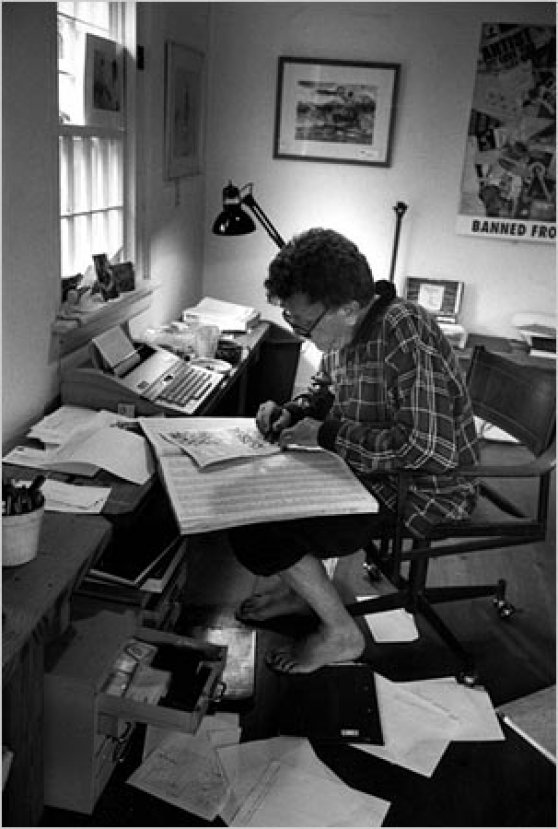
Girls with shoulder-length hair are creative and willing to experiment. They hate boredom and routine! Such ladies know how to bring as many bright emotions and impressions into their lives as possible. Among them there are many extreme women and adventurers.
Hairstyle for hair just below the shoulders (cascade, long bob or bob ) - the choice of feminine, charming, elegant girls. They are confident in their attractiveness, do not suffer from complexes. These ladies are absolutely satisfied with themselves, thanks to which they simply radiate a special charm and charm. They are seducers and tempters. They know how to drive any man they like crazy.
Photo: Depositphotos
Girls with medium length hair are sociable and easily make new friends. They are cheerful and focused on success. Such women often come up with successful business ideas that promise them a good profit.
They are cheerful and focused on success. Such women often come up with successful business ideas that promise them a good profit.
Owners of long hair (haircuts long cascade and ladder or haircut for long hair with an even cut) is dreamy and romantic. At the same time, they are very patient, careful in communicating with others, especially with men.
Such ladies in a relationship give their all to the one they love. However, it is not easy to win their hearts. They are very demanding and picky, they are serious about choosing a life partner. Shakira
Photos: Depositphotos
Despite their romantic nature, girls with long hair are ready to fight to make their dreams come true. They know how to achieve what they want, showing perseverance, patience and determination.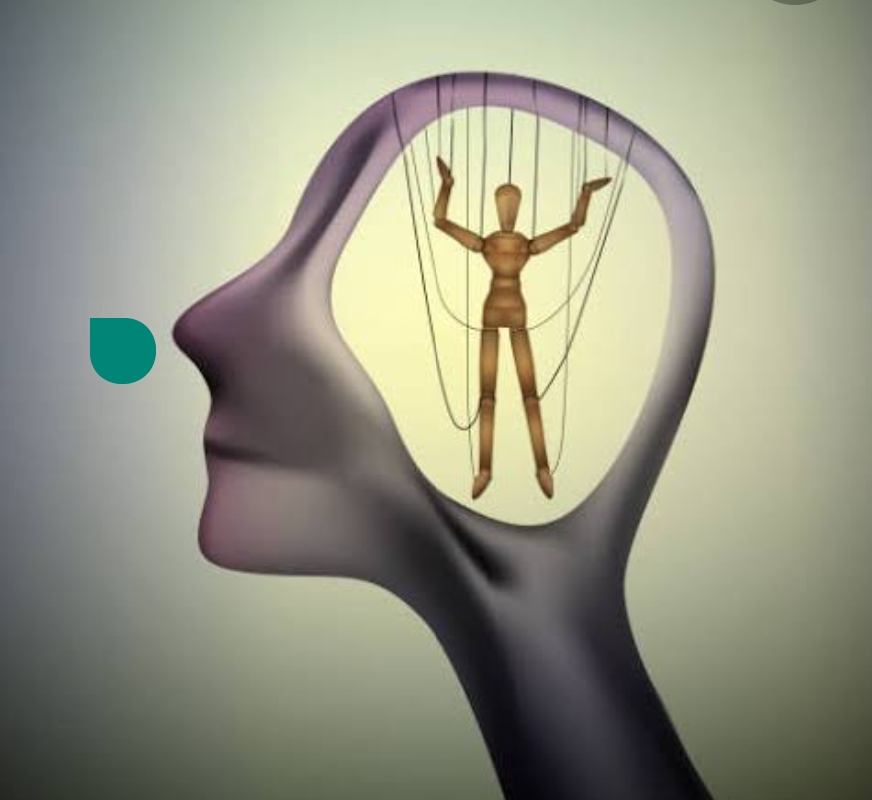 Such young ladies are often successful not only in their personal lives, but also in the professional sphere.
Such young ladies are often successful not only in their personal lives, but also in the professional sphere.
Using the tips of psychologists, it will not be difficult for you to give a personal assessment of your new friend by her hairstyle and understand how to find a common language with her.
Tags: woman character, a haircut, hairstyle, psychological types
Reading the hair: what does the hairstyle tell about the character?
74,863
Health and BeautyKnow Yourself
“Hair symbolizes our attitude towards freedom. Looking at how they are combed and arranged around the face, you can learn a lot about our fears, character traits, hidden desires, ”says Italian psychologist and psychotherapist Gloria Rossi. Here are a few features of hairstyles that she recommends paying special attention to.
Here are a few features of hairstyles that she recommends paying special attention to.
Open forehead , with hair combed back, emphasizes the desire to always go forward. Without fear to confront life, without looking back at the opinions of others.
Parting on the left speaks of the desire to slightly underestimate one's femininity. Parting on the right may indicate difficulties in accepting its male component.
The shape and thickness of the bangs depends on how pronounced the need for protection is
Neatly combed long hair with a parting in the middle expresses the desire to achieve an internal balance between yin and yang, female and male hypostasis.
Perfectly combed hair can also be the result of an obsessive desire to always look perfect. In this case, the desire to restrain oneself at all costs and anxiety about a possible loss of self-control hide an unconscious fear of looking "wild", immodest.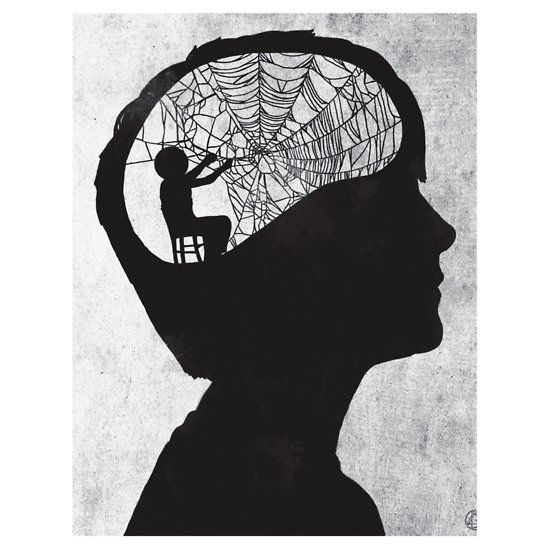
Bangs means fear of self-expression or shyness, causing a desire to close the forehead. The shape and density of the bangs depends on how pronounced the need for protection is: it can be long, thick or short, thinned out.
The back of the head symbolizes the inner "I" of a person. People who choose hairstyles with an open nape feel the need to "show their true colors."
Hair combed high above the forehead expresses the desire for power, control and control over the situation.
Those who choose red shades struggle with a strong desire to break taboos
Open whiskey demonstrates inner openness, desire for new acquaintances and self-knowledge, willingness to give freedom to others. Closed temples indicate introversion, incredulity and love of freedom.
Very bright and radical hair color proclaims the desire to remove restrictions, to greater freedom.